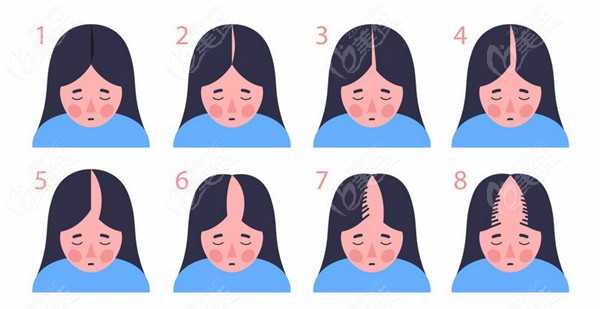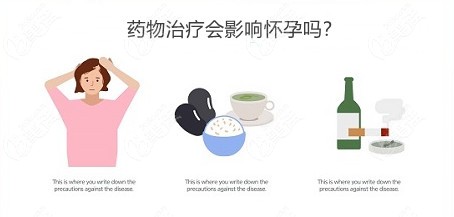When it comes to seborrheic alopecia, most people believe that it mainly occurs in men. In fact, seborrheic alopecia is not gender specific, but the symptoms are different.
So, what are the early symptoms of female seborrheic alopecia, and will drug treatment affect pregnancy? Come on, explain one by one.

Generally, seborrheic alopecia has two forms: alopecia and fine hair. Men observe the forehead line, women observe the top of the head.
Women begin to lose their hair from the relatively inconspicuous top of the head, with an average of about 100 per day. When the number of hair falling off increases to hundreds, or it is concentrated in one position, the hair becomes sparse with the thinning of some parts, and it is carried out in a tree shape. This may be seborrheic alopecia.

In this process, female hair loss is weaker than male hair loss, so complete baldness or forehead loss is rare.
These are the early symptoms of female seborrheic alopecia. At this time, many friends will choose medication, Will the medication affect pregnancy?
First of all, we should understand the therapeutic principle of seborrheic alopecia drugs.
Seborrheic alopecia is caused by excessive androgen secretion in the body. At this time, the effect of drug treatment is to inhibit the growth of androgen.

Although female estrogen can inhibit androgen, if the hormone balance in the body is broken, or estrogen decreases after middle age, medication is needed.
The side effects of this drug on sexual function are relatively small and will naturally disappear over time.
However, women of childbearing age need to pay special attention when taking oral drugs. If they cannot take drug control treatment during pregnancy, it will affect the healthy development of the baby.

Do not use drugs to treat seborrheic alopecia before and after pregnancy, If hair loss is not serious, observe temporarily and pay attention to head hygiene. If there is much grease on the head, wash it more often.







